Broad Bean Aquadulce
$4.49
Vicia Fabia
- Seed Count 10
- Use Fresh Or Dried
- Annual
In stock
Description
Broad Bean Aquadulce is one of the most delicious in terms of flavour and texture. It harvests in 90 days with a plant height of 90 to 100cm.
Regarded as the best broad bean for autumn sowings, this heavy-cropping early strain produces fragrant black and white flowers and copious stunning emerald-green beans.
They are an ideal variety for children to grow. They can be sown anytime from autumn until spring and bean plants are a nitrogen fixer in the soil so they can also be used as a green manure.
The first pick of the year, tossed with a slightly overindulgent knob of butter, is a high point of early summer. Broad beans are also known as “Fava beans”. And they go well with a nice Chianti!
| Method: Sow direct | Soil Temp: 6°C - 24°C |
| Cool Mountain: Apr - Sep | Position: Full sun |
| Arid: Apr - Jul | Row Spacing: 20 cm apart |
| Temperate: Mar - Jul | Planting Depth:10 mm |
| Sub Tropical: Mar - Jun | Harvest: 90 days |
| Tropical: Not recommended | Plant Height: 1 m |
Growing Conditions
Climate:
- Broad beans thrive in Mediterranean climates, characterized by mild, wet winters and hot, dry summers.
- Ideal temperatures for growth range from 6°C to 24°C .
- They are hardy and can tolerate frost but grow best before temperatures exceed 30°C.
Best Time to Plant:
- Autumn Planting: In temperate regions, you can sow seeds from late April to early May.
- Spring Planting: In cooler areas, sow from July through September.
Soil Preparation
Choosing a Site:
- Select a site with full sun exposure for at least 6 hours a day.
- Well-drained soil is crucial to prevent root rot.
Soil Type:
- Broad beans prefer loamy soil rich in organic matter but will tolerate various soil types.
- Test pH levels; broad beans perform best in slightly alkaline to neutral soil (pH 6.0 to 7.0).
Preparation Steps:
- Clear the area of weeds and debris.
- Enrich the soil by mixing in compost or well-rotted manure a few weeks before planting.
- If the soil is heavy clay, consider adding sand or perlite to enhance drainage.
Planting Instructions
Sowing Seeds:
- Plant seeds about 1 cm deep, spaced 20 cm apart, with rows 20 cm apart.
- For optimal growth, soak seeds in water for a few hours before planting to encourage germination.
Watering:
- Water the seeds thoroughly after planting and maintain consistent moisture until seedlings establish.
- Avoid overwatering, as broad beans do not thrive in waterlogged conditions.
Maintenance
Watering:
- Keep the soil evenly moist, especially during flowering and pod-setting since stress during this period can reduce yield.
- Mulching can help retain soil moisture and suppress weeds.
Fertilisation:
- Broad beans are nitrogen-fixing plants; therefore, they require less nitrogen fertiliser.
- You can use a balanced organic fertiliser or compost if the soil lacks nutrients.
Support and Staking:
- Taller varieties may require staking to prevent wind damage and improve air circulation.
- Use bamboo stakes or garden twine to support plants as needed.
Pest and Disease Management:
- Common pests include aphids, which can be managed by introducing beneficial insects (like ladybirds) or using neem oil.
- Check for diseases like chocolate spot and downy mildew.
- Ensure good air circulation and avoid wet foliage to prevent these issues.
Harvesting
Timing:
- Broad beans are typically ready for harvest 3-4 months after planting, depending on the variety and growing conditions.
- The best time to harvest is when the pods are plump but before they become overly tough and fibrous.
Harvesting Technique:
- Snap off the pods gently when they reach the desired size. If harvesting for seeds, leave the pods on the plant until they dry out a bit and turn brown.
Companion Planting
Beneficial Companions:
- Cabbage Family (Brassicas): Helps deter aphids, benefiting crops such as broccoli, cabbage, and cauliflower.
- Carrots: These plants occupy different root zones and can be interplanted without competition.
- Beets: Both plants benefit from each other’s growth patterns and utilize the soil’s nutrients efficiently.
- Corn: Planting corn alongside broad beans can provide structural support for climbing varieties.
- Dill and Mint: These herbs attract beneficial pollinators and predators that help control pest populations.
- Sage: An aromatic herb that can enhance the flavour of beans and deter pests.
Plants to Avoid:
- Onions and Garlic: These can stunt the growth of broad beans due to their high sulphur content.
- Potatoes: Can compete for nutrients and may harbor similar pests.
Postage Charge
Orders under $30 attract a $4.50 shipping charge. Orders $30 and above have free shipping.
Order Times
Seed orders are normally dispatched within three business days. You will receive an email when seeds are mailed out.
Postage Days
Seeds are mailed out Monday to Friday at 1pm. Except for the Friday of long weekends.
Postage Times
WA 2-3 Days: SA,NT 3-5 Days: NSW, ACT, QLD, VIC: 5-7 Days
Carrier
We use Australia Post Letter Postage for the majority of orders
Not only are our seeds packed in recycled paper envelopes, we keep the theme going when we post out website orders. To protect your seeds from moisture and the letter box munchers (snails), we use a very special plastic free material made from plants. They are then put into recycled mailing envelopes. Green all the way 💚🌿

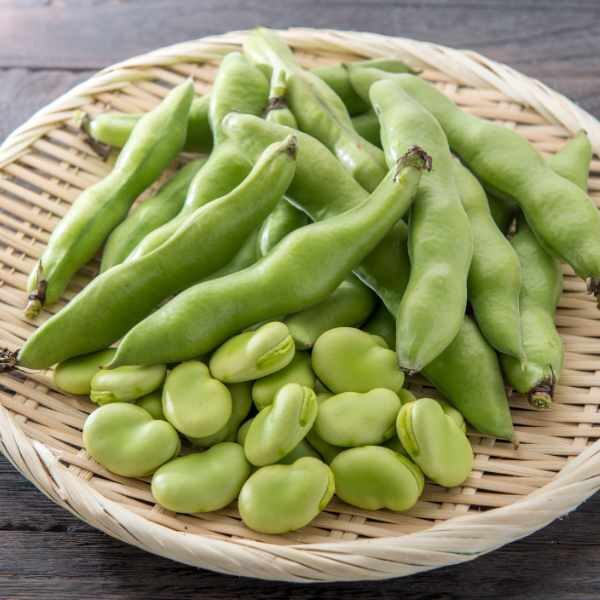




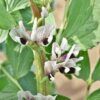
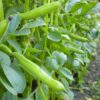
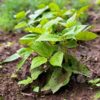


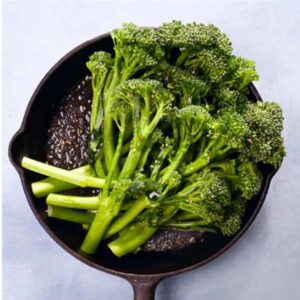
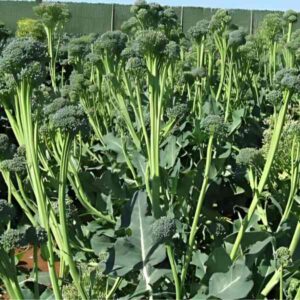
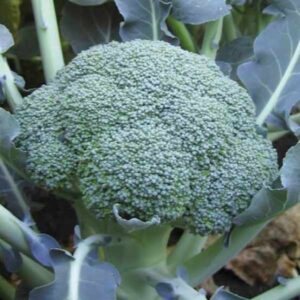
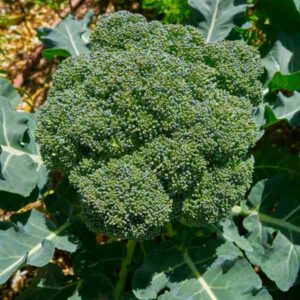
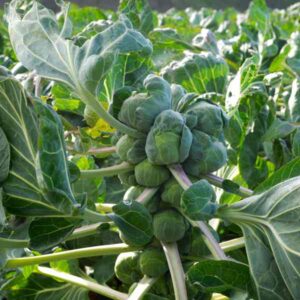
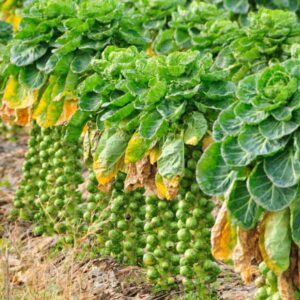
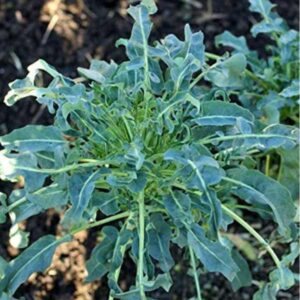
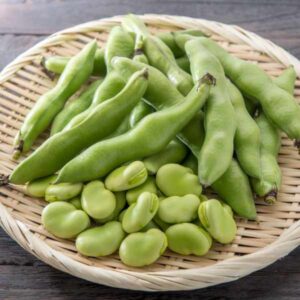
3 reviews for Broad Bean Aquadulce